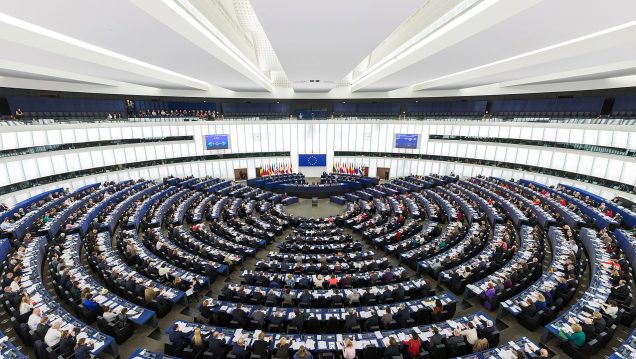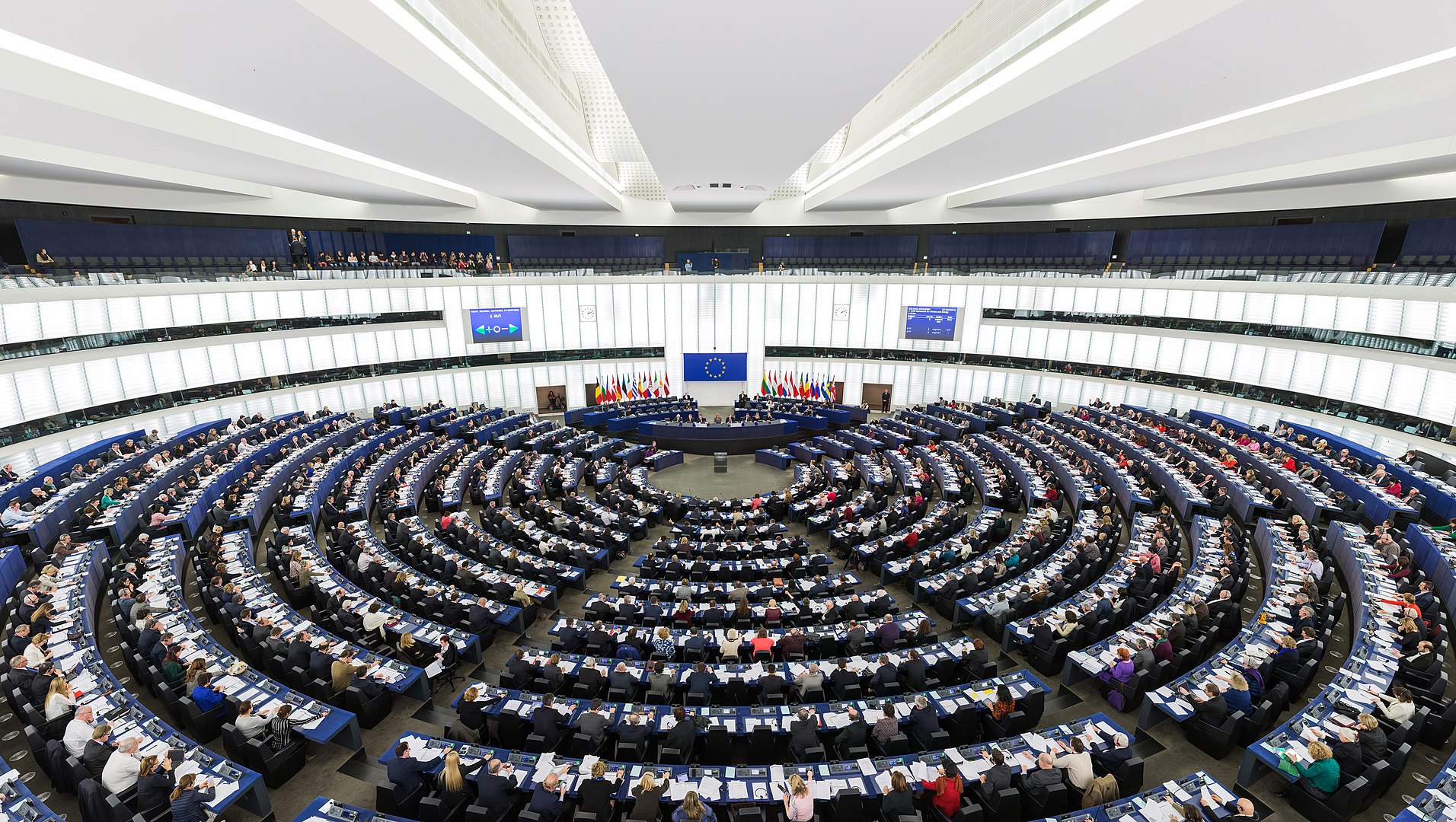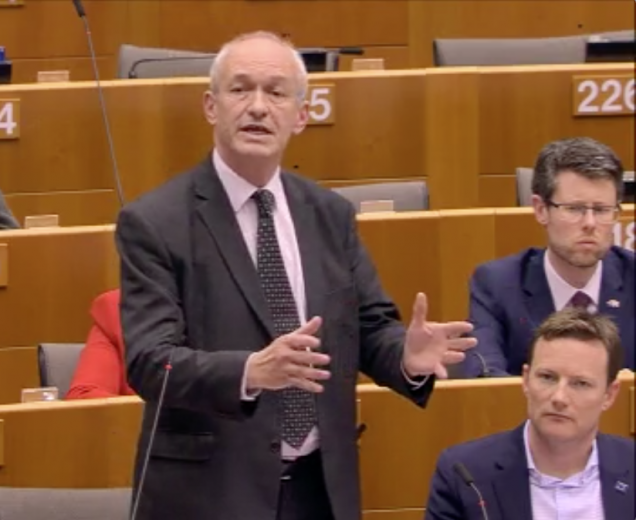1 December 2019 marks 10 years since the entry into force of the Treaty of Lisbon. With MEPs and the new European Commission now preparing the Future of Europe conference due to start in early 2020, it is a good moment to look back on what the Lisbon Treaty achieved and what it didn’t achieve.
Lisbon did not expand the remit (competences) of the EU. Nor did it try to reform EU policies (that is a matter for on-going decisions and policy making). Instead, it focussed on institutional changes, seeking (1) to make the institutional system of the EU more effective, so that it could still function despite its recent near-doubling in size following the accession of 12 new Member States, and (2) to improve the EU’s democratic accountability and transparency.
The first objective stimulated the following changes:
- Increasing in the number of areas in which the Council of ministers can decide by qualified majority, rather than by unanimity where a veto from a single minister could prevent a decision
- Re-defining that “qualified majority” by replacing the previous “triple majority” (introduced by the Treaty of Nice) by a simpler and clearer “double majority”, whereby Council decisions require the approval of ministers representing a majority of states (55%) and of the population (65%).
- For the European Council (the “summit” meetings of heads of government), instead of changing president by a fixed rotation every six months, the national leaders would actually be able to choose who they want to chair their meetings, and that person would have a longer (normally 5 year) term of office and do it full-time.
- In foreign policy, more consistency was brought in by merging the posts of the Council’s foreign policy High Representative and the Commission’s Commissioner for External Relations into a single post.
These changes helped the EU’s decision taking procedures to act somewhat more effectively.
The second objective, of providing more democratic accountability,by improving the EU system’s checks and balances and increasing the transparency of its procedures. This resulted in:
- Requiring all legislative proposals (normally drafted by the Commission) to be sent first to national parliaments, thereby enabling them to shape the position taken by the minister representing their country before he/she goes to a Council meeting
- Requiring the European Parliament’s approval (as well as that of the Council of ministers) for (almost) all EU legislation, by making the bi-cameral “co-decision procedure” the standard legislative procedure.
- Making provision for the President of the European Commission to be elected by the Parliament on a proposal of the European Council. The key point here was that the Council should therefore propose someone who would reflect the results the European elections and then secure the necessary parliamentary majority.
- Making European Parliament approval compulsory for the whole of the EU budget.
- Making European Parliament approval compulsory for the EU adopting international agreements, including trade agreements.
- The European Parliament to be able to repeal any delegated acts adopted by the Commission, and to be able to recall any delegation of powers.
- A provision (particularly relevant for 2020) whereby any future treaty changes have to be prepared, prior to an Inter-Governmental Conference, by a Convention involving national and European parliamentarians (unless MEPs decide otherwise and leave it simply to governments). The Parliament also gained the right to formally propose treaty revisions – another power that, until Lisbon, was exclusively in the hands of the Member States.
The fact that there has been little appetite for further Treaty change since the Lisbon Treaty’s entry into force shows that it secured the most pressing needs for EU institutional reform. Only a small number of adjustments on specific points have been made since 2009, the most significant being an amendment to the treaties in 2012 allowing the Eurozone countries to establish the European Stability Mechanism.
Yet the EU system remains imperfect
Although a vast majority of the Lisbon Treaty’s changes have been helpful, there are several areas where the EU institutions still need to change.
The first regards the areas where there is still a requirement for unanimity within the Council of ministers. Any measure, however minor, in the fields of social security or social protection, the accession of new countries to the EU, fighting tax avoidance, taxation, foreign and defence policy and cross border police cooperation, require the unanimous approval of every single Member State. This paralyses decision-making at EU level in those fields. What is the point of Member States agreeing by treaty that a subject requires joint action, if it is subsequently almost impossible to make any specific decisions?
Second, there are still some gaps in legislative scrutiny in the areas where the codecision procedure does not apply and where the ministers alone can adopt legislation. Examples include setting the common external tariff, taxation, internal market exemptions and competition law. The European Parliament should be involved in all of these areas as the directly elected representatives of EU citizens. Member States should not be scared of bringing in extra legislative scrutiny to these remaining policy areas. Similarly, the procedure for scrutinising powers delegated to the Commission needs to be rationalised and simplified.
Third, the practical implementation of the rights given to national parliaments have been applied very differently from one country to another. While in some countries, any minister going to a Council meeting must first appear before his or her national parliament to get approval of the position he/she intends to take, in other countries the minister simply informs the national parliament after the event. The remedy for this lies at national level, but looking across Europe at best practice would be useful.
Fourth, is the long neglected question of the EU’s budgetary resources and spending. Spending money jointly at EU level can save money at national level by avoiding duplication and through economies of scale. An EU budget focussed on such areas would gain more public support.
Fifth, there remains a need for a clear, concise and easily readable document that sets out the main principles and objectives of the EU, its field of competence, the powers of its institutions and their limits, and how the members of the institutions are elected or appointed. Although the idea of having a European constitution was abandoned, the separation of the treaties into two (the Treaty on the European Union (TEU) and the Treaty on the Functioning of the European Union (TFEU)) means that it would be relatively easy to achieve this objective. If the sections on the EU’s Common Foreign and Security policy were taken out of the TEU and moved (where they more logically belong) to the TFEU, then the TEU becomes the clear, concise, constitutional document which can be easily accessed and understood by citizens.
Last, but not least, we must return to the issue of what the EU does. Where Member States can benefit from acting jointly, the necessary competences should be granted to the EU. Where there is no benefit in doing so, and where matters can perfectly well remain with Member States, then responsibilities should remain there (as is indeed the case for the overwhelming majority of matters).
None of these institutional questions should detract from the need to reform and improve EU policies. Much needs to be done, from preventing climate change to the single market rules that protect workers and consumers, from trade policy to research programmes, from cross-border police cooperation to transport and much more. But by eliminating sclerotic procedures and institutional inertia, there is a much greater chance of securing much needed policy reforms.






